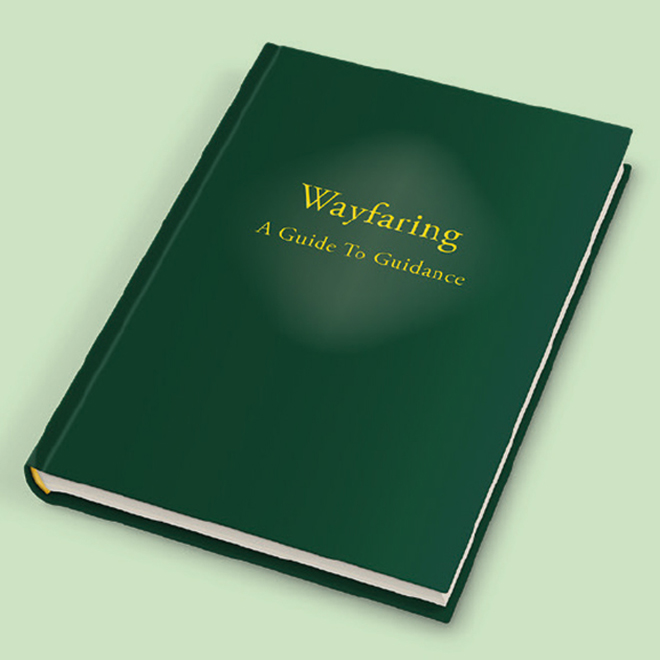Margaret Kemp, Great Yarmouth Meeting House, circa 1920s. Photo: Photo courtesy of Graham Gosling.
Still Small Voice
Rob Lock is engaged and moved by a new play with a Quaker theme
It was a powerful experience to see the world premiere of a play about Bury St Edmunds Meeting House in that very Meeting house.
The Still Small Voice is that of Margaret Kemp who, in the 1950s, insisted on keeping the Meeting house open in the face of quite reasonable arguments for its closure, given its poor state of repair and an attendance sometimes of just one – Margaret herself.
